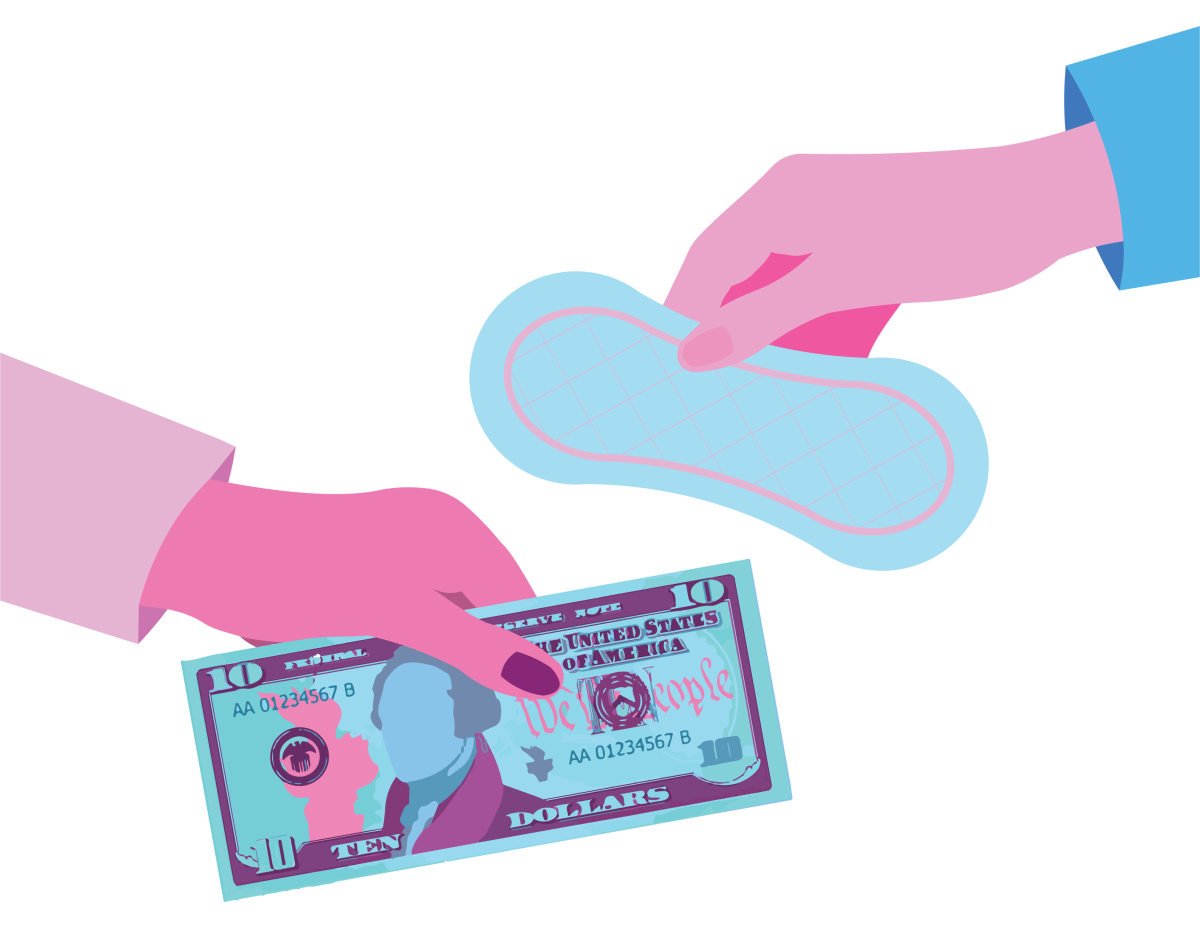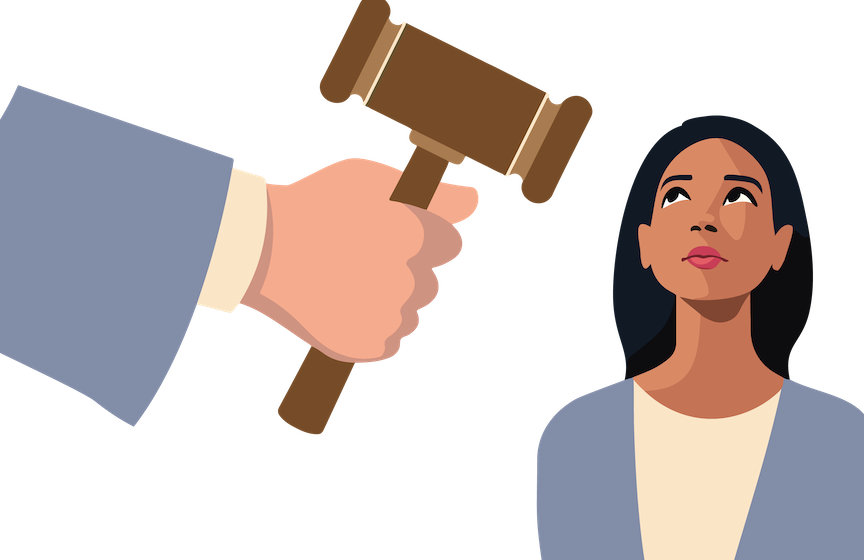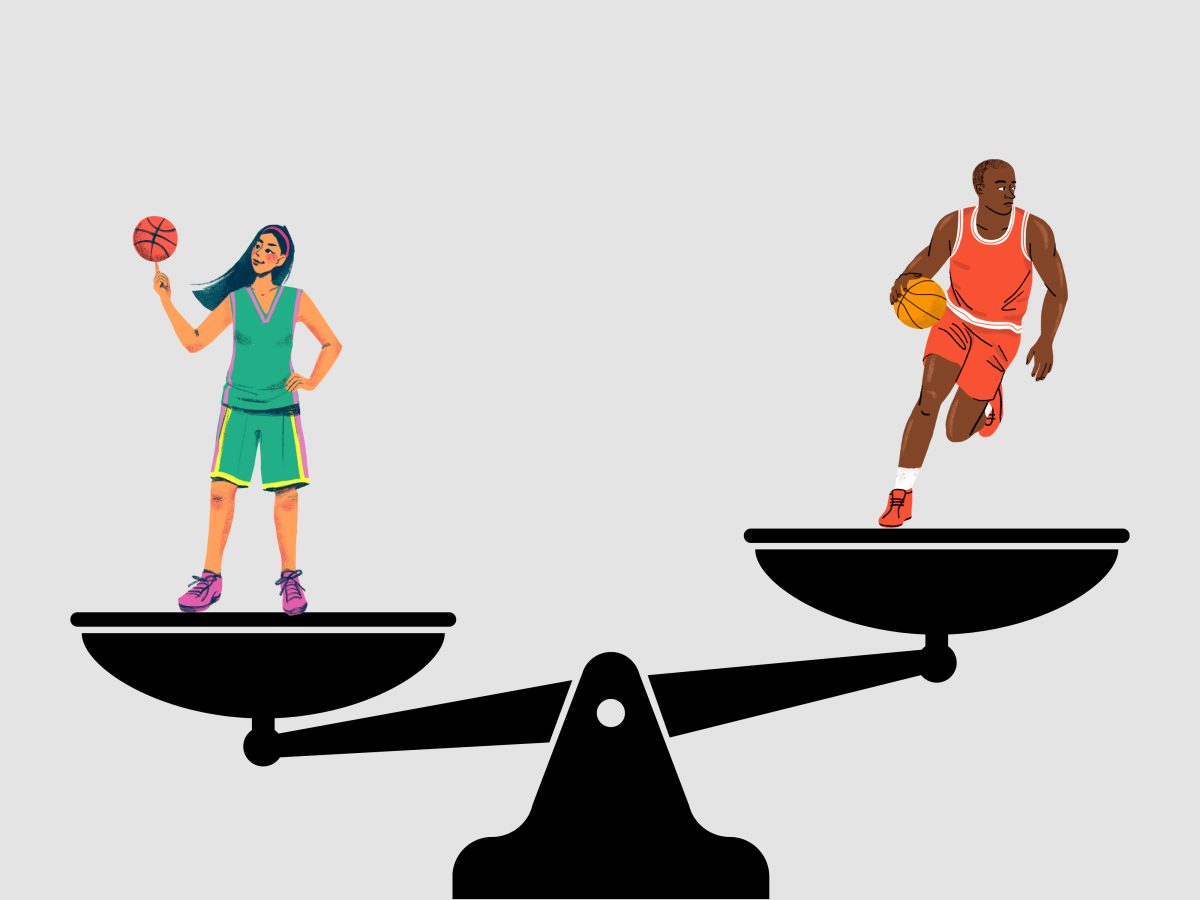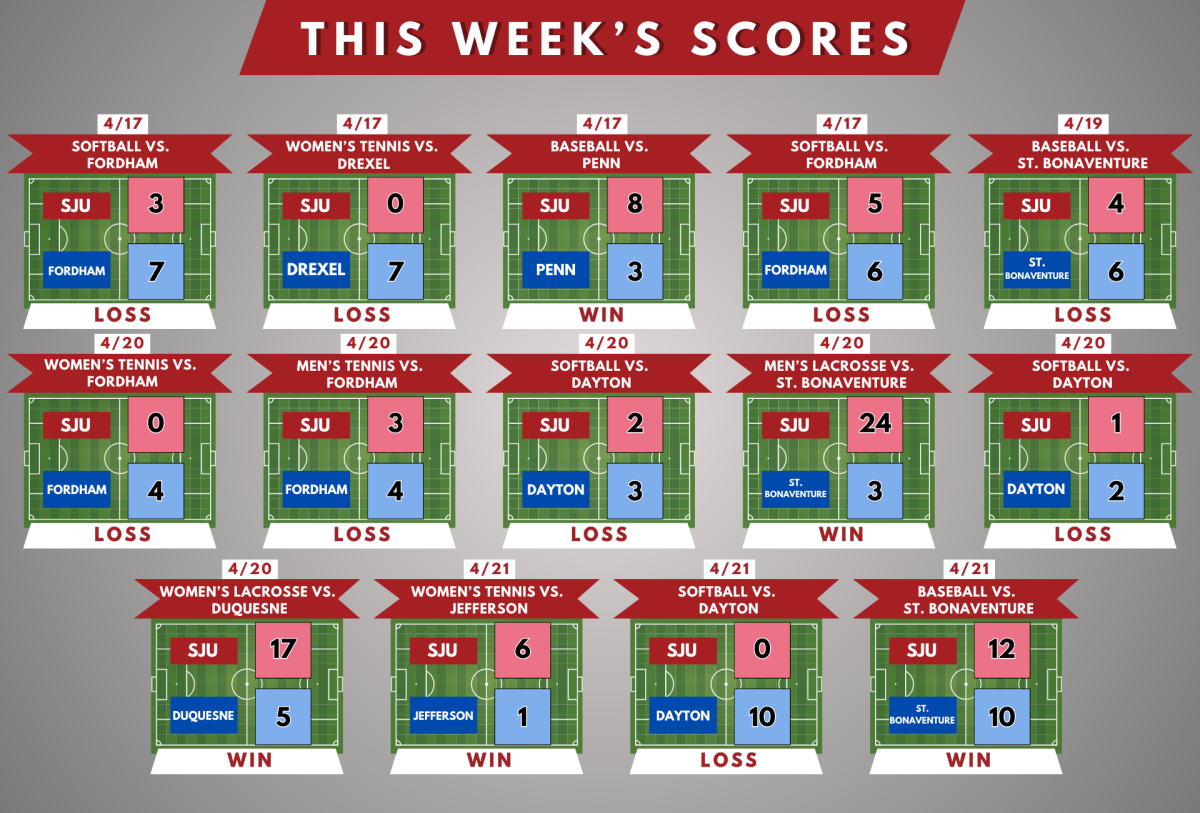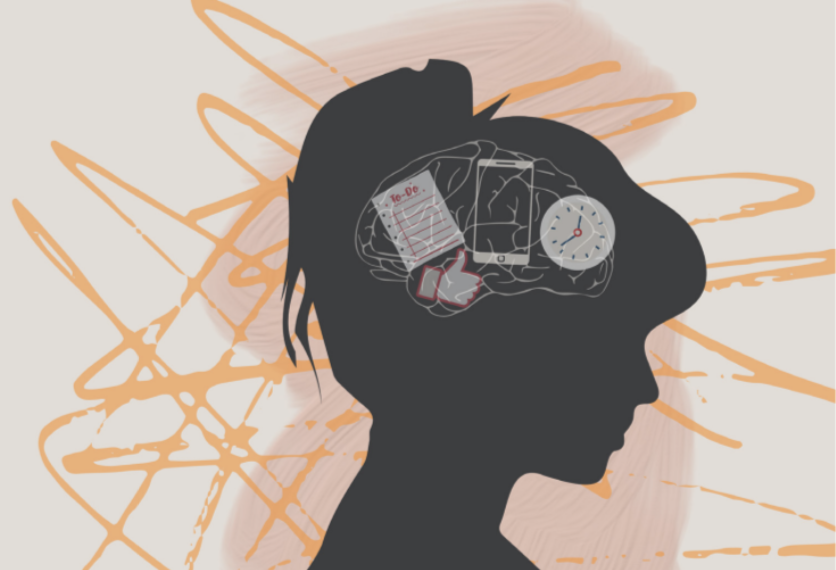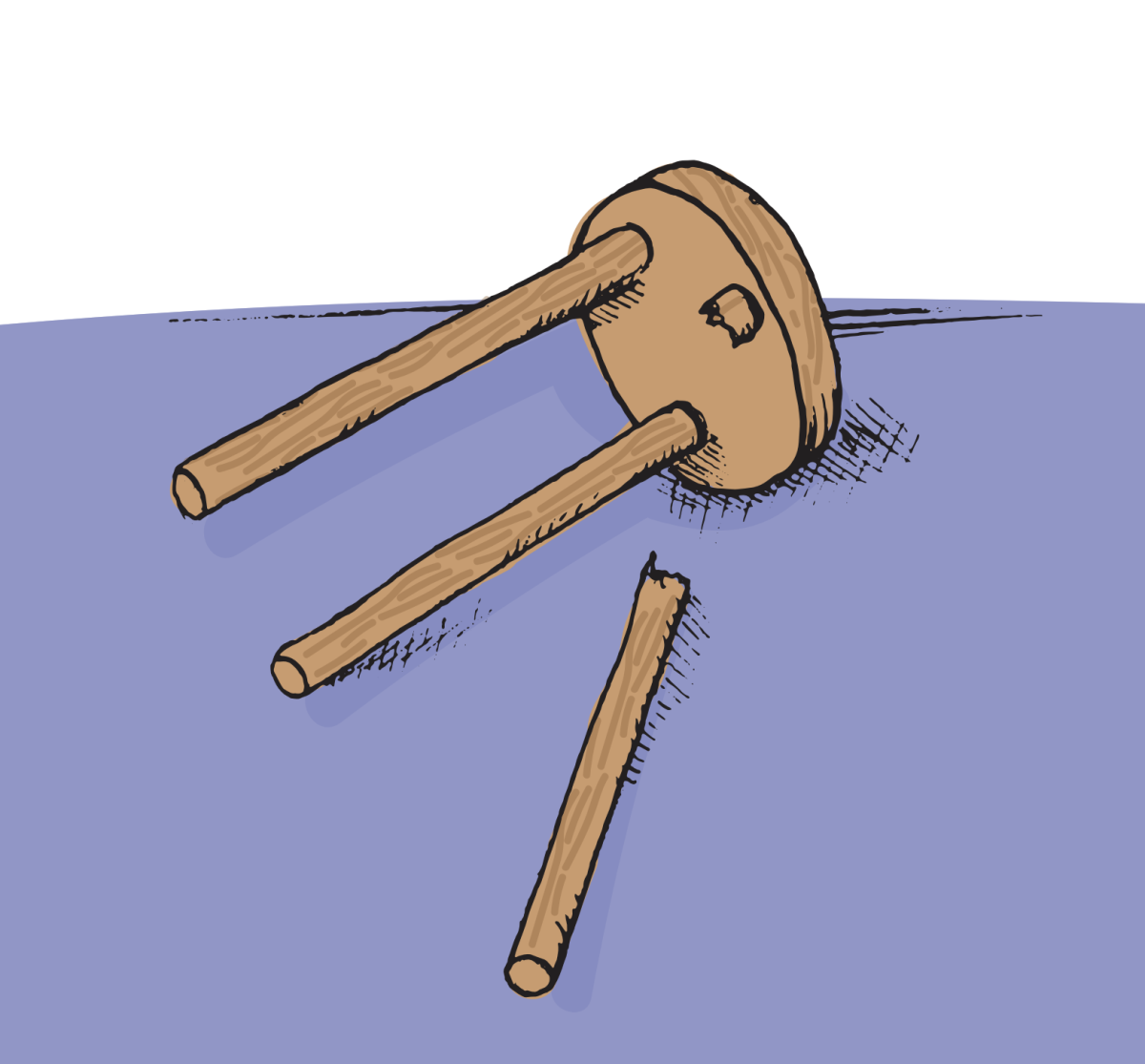ADHD/ADD in women
I’ve been on Lexapro, an antidepressant, since I was 17. I knew something was wrong when I got in my car for the first day of senior year of high school
and cried in my driveway because I didn’t want to go. I wanted to stay at home and hide in my room, indefinitely.
A few months earlier I was diagnosed with severe generalized anxiety disorder (GAD) with a hint of depression as a result. The Lexapro helped for the most part, especially with any raging mood swings I experienced, along with irrational fears and thoughts. I couldn’t let this hold me back — so it didn’t. I thrived in K-12, and I graduated high school with a 3.9 GPA and was heavily involved in just about every club and honor society. When I came to St. Joe’s in the fall of 2018, all of that changed.
The anxiety, mood swings and depression came back with a fury and my grades dropped dramatically. My therapist recently explained to me that this was not only a result of the change in rigor from high school to college, but because my brain had been working twice as hard as that of a neurotypical person. I was overwhelmed and my brain was exhausted.
Apparently, I had been overcompensating for the past 12 years of school with my ability to perform well academically. My ADHD/ADD symptoms were overlooked by teachers, guidance counselors and psychologists.
ADHD/ADD shows up differently in women and girls than it does in men and boys. It’s been so understudied in women that our symptoms are thought to be personality traits. Some of these symptoms include overspending, disorganization, indecision and difficulty in social, romantic and familial relationships. Our symptoms are also considered “inattentive” compared to “hyperactive.”This includes making “careless” mistakes, not thoroughly reading directions, frequently losing things and forgetting to do routine tasks.
The symptoms of ADHD/ADD in women, especially women of color, are often overlooked and assumed to just be personality flaws. Paul Morgan, director of the Center for Educational Disparities Research at Pennsylvania State University, found that Black children in the U.S. are 70% less likely to receive an ADHD/ADD diagnosis in comparison to their white peers. We shouldn’t be gaslit to believe that we’re not productive, or lazy and can’t manage our time.
This semester specifically, when my ADHD/ADD diagnosis became most clear, my grades dropped significantly. I wasn’t turning things in or completing them correctly according to the assignment instructions. This was not the “me” I knew.
I tried everything, from timeblocking to buying expensive planners that were meant to make sure I was getting everything done. I soon realized these tactics worked for neurotypical people and were not created with neurodiverse brains in mind.
Not getting assignments, projects and homework done wasn’t because I just “couldn’t focus” on the topic and decided to do something else instead; it was because I physically could not (something that ADHD/ADD TikTok has shown me is a common symptom). I would enter severe depressive episodes where I couldn’t do much, let alone read 30 pages of a homework assignment and write about it.
If I wasn’t depressed, I would attempt to do school work but be unable to complete it or miss key instructions.
It’s not easy to explain to a frustrated professor that you just couldn’t do something. It’s even more difficult to explain this to myself. I found myself a few weeks ago angrily crying in my apartment asking myself aloud, “What the f— is actually wrong with me.” I texted my therapist immediately, tears splashing onto my phone screen.
“Laura, something has to change. I can’t get anything done. Please help me.” And she did. She calmed me down and we worked to find a medication that fit my needs.
Now, a regular part of our sessions include finding strategies to improve areas of my life that ADHD/ADD intrudes upon.
ADHD/ADD has been a tornado in my life. My grades and living spaces reflect it (seriously, my apartment is a mess). I keep looking back and wishing that someone had noticed years ago, and thinking of how different my college career would have been. How many honor society cords could I have racked up for graduation? Would I have had the faith in myself to apply to the master’s programs I would’ve liked to?
Even though I’ve only recently been able to address many of the issues I’ve faced since my diagnosis, I’ve seen a change in my mood, ability to handle stressful situations and start and complete assignments. In order for women, and particularly women of color, to succeed, our concerns about physical and mental health and wellbeing need to be taken seriously.






